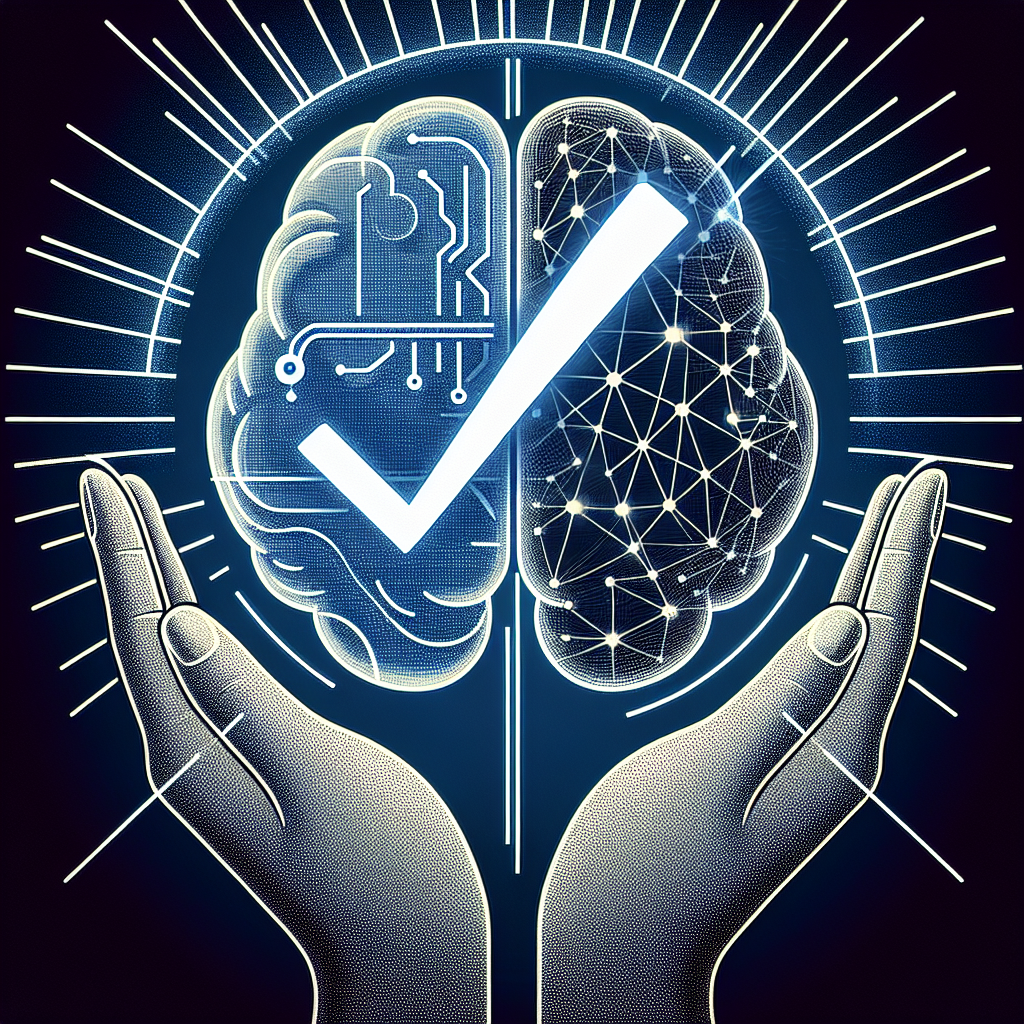Artificial Intelligence (AI) algorithms are becoming increasingly prevalent in our daily lives, from powering search engines to making decisions in healthcare and finance. While AI has the potential to bring about numerous benefits, such as improved efficiency and personalized services, there are also concerns about the lack of transparency and accountability in these algorithms.
Ensuring transparency and accountability in AI algorithms is crucial to building trust with users and stakeholders, as well as to mitigate potential biases and discrimination that can be embedded in these systems. In this article, we will explore the importance of transparency and accountability in AI algorithms, as well as some strategies that can be implemented to achieve these goals.
Why is transparency and accountability important in AI algorithms?
Transparency in AI algorithms refers to the ability to understand how the algorithm works and why it makes certain decisions. This is essential for users to trust the system and to ensure that decisions are fair and unbiased. Without transparency, it is difficult to identify and correct errors or biases in the algorithm, which can have serious consequences for individuals and society as a whole.
Accountability, on the other hand, refers to the ability to assign responsibility for the decisions made by AI algorithms. This is important to ensure that those who are affected by the decisions have recourse if they believe they have been treated unfairly. Accountability also helps to deter unethical behavior and ensure that AI algorithms are used in a responsible manner.
In addition to ethical considerations, there are also legal and regulatory requirements for transparency and accountability in AI algorithms. For example, the General Data Protection Regulation (GDPR) in Europe requires that individuals have the right to know when a decision has been made by an algorithm and to request an explanation of how the decision was reached.
Strategies for ensuring transparency and accountability in AI algorithms
There are several strategies that can be implemented to ensure transparency and accountability in AI algorithms. These include:
1. Data transparency: One of the key factors that can influence the transparency of AI algorithms is the quality and diversity of the data used to train the algorithm. It is important to ensure that the data used is representative of the population it is intended to serve and that it is free from biases. Data transparency involves providing information about the sources of data, how it was collected, and any pre-processing or cleaning that was done.
2. Algorithm transparency: Another important factor is the transparency of the algorithm itself. This includes providing information about the model architecture, the features used to make predictions, and the decision-making process. Open-source algorithms can help to improve transparency by allowing users to inspect the code and understand how it works.
3. Explainability: In addition to transparency, it is also important to make AI algorithms explainable. This means providing explanations for the decisions made by the algorithm in a way that is understandable to the end user. Explainability can help to build trust with users and stakeholders and can also help to identify and correct biases or errors in the algorithm.
4. Audits and testing: Regular audits and testing of AI algorithms can help to ensure that they are working as intended and are free from biases. This can involve testing the algorithm on different datasets, as well as conducting bias audits to identify and correct any biases that may be present.
5. Governance and oversight: Establishing clear governance structures and oversight mechanisms for AI algorithms can help to ensure that they are used in a responsible and ethical manner. This can include setting up ethics boards or committees to review and approve the use of AI algorithms, as well as implementing policies and procedures for monitoring and evaluating their performance.
Frequently Asked Questions (FAQs)
Q: Can AI algorithms be biased?
A: Yes, AI algorithms can be biased if they are trained on biased data or if the features used to make predictions are themselves biased. It is important to carefully evaluate the data and features used in AI algorithms to identify and correct any biases that may be present.
Q: How can we ensure that AI algorithms are fair and unbiased?
A: Ensuring fairness and unbiasedness in AI algorithms requires a combination of strategies, including data transparency, algorithm transparency, explainability, audits and testing, and governance and oversight. By implementing these strategies, it is possible to mitigate biases and ensure that AI algorithms are used in a responsible and ethical manner.
Q: What are the consequences of biased AI algorithms?
A: Biased AI algorithms can have serious consequences, including perpetuating discrimination and inequality, making unfair decisions, and eroding trust in the system. It is important to address biases in AI algorithms to ensure that they are used in a way that is fair and equitable for all individuals.
In conclusion, ensuring transparency and accountability in AI algorithms is essential to building trust with users and stakeholders, as well as to mitigate potential biases and discrimination. By implementing strategies such as data transparency, algorithm transparency, explainability, audits and testing, and governance and oversight, it is possible to ensure that AI algorithms are used in a responsible and ethical manner. It is important for organizations and policymakers to prioritize transparency and accountability in the development and deployment of AI algorithms to ensure that they benefit society as a whole.

